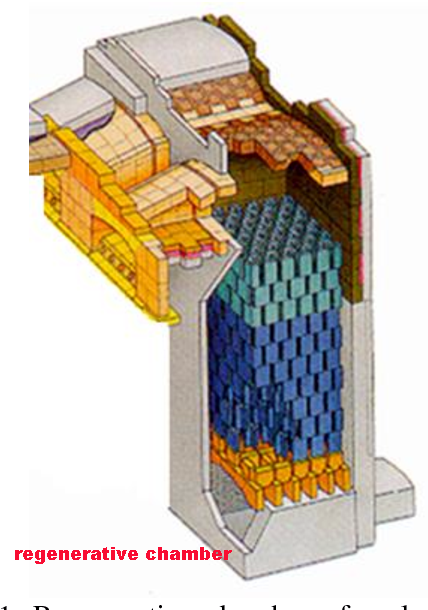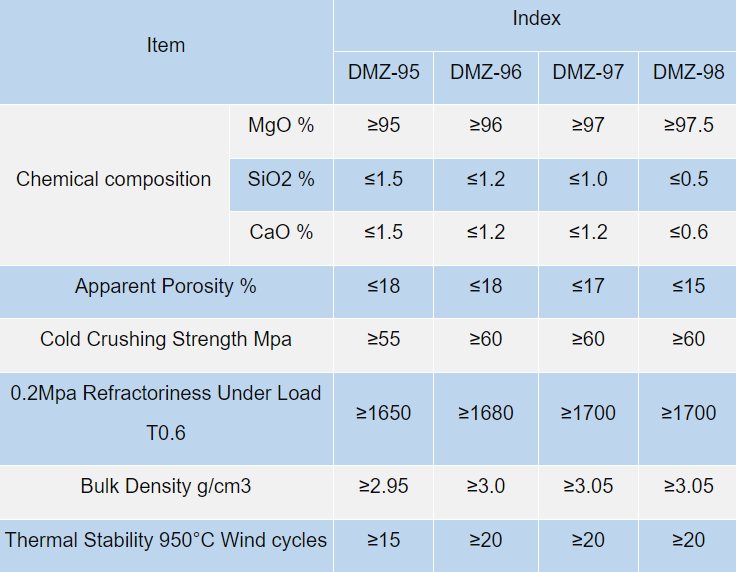
The checker brick is an important part of the heat storage and heat transfer of the regenerator. The checker bricks are required to be resistant to high temperature, corrosion, heat storage, fast heat transfer, and good resistance to rapid cooling and heat.

The heat storage effect of the regenerator chamber is usually determined by the size of the heated area of the checker brick, that is, the surface area of the checker brick capable of heat exchange. The larger the heat storage area, the more heat will be stored and the more heat will be released, so that the preheating temperature of air and gas can be fully increased, which is more beneficial to the combustion of fuel.
.png)

Different checker bricks are used according to the temperature of the top, upper, middle and bottom structure of the heat recover system and the regenerator chamber.

1.Since the top (above 1400°C) has a high temperature and a lot of flying materials, it is easy to form a liquid phase with the brick body, which is easy to stick to the flying materials and cause stress on the brick body.
The checker bricks in terminal of regenerative chamber which are not easily affected by flying materials are mostly adopts 98% high-purity magnesia bricks.
.png)
2.The upper part (1000-1400°C) has less flying material and can use high-purity magnesia bricks.
3.The middle part (800-1000°C) has very little flying material, but it is the area of sulfate condensation, which is easy to cause the magnesia brick to react with the flying material to form magnesium silicate (MgSiO3), and at the same time, SO2 formed during the reaction process of Glauber’s salt in the batch material and the fuel combustion process , SO3 is also easy to react with magnesium oxide:
MgO+SO2→MgSO3 MgO+SO3→MgSO4
The generated magnesium sulfate or magnesium sulfite is repeatedly solidified and liquefied, and the volume expansion leads to the destruction of the structure of the magnesia brick. Therefore, the directly bonded magnesia-chrome brick with good thermal stability and low porosity is selected for this part.
4. The temperature at the bottom (below 800°C) alternates between hot and cold, the load is heavy, and it is less eroded by alkaline materials. Therefore, materials with good thermal stability and good load-bearing strength are usually used for low-porosity clay bricks (DN-12, DN-13 or DN-15) or sillimanite bricks.
If the performance of various alkaline bricks is not considered and used in general, it will affect other checker bricks when a certain part of the checker brick is damaged, thereby reducing the life of the overall checker body. Since most basic refractory bricks, including magnesia-chrome bricks, are easily damaged in an atmosphere containing cracked hydrocarbons (reducing atmosphere). Therefore, alkaline bricks can only be used in air regenerators, not gas regenerators.
(1).png)
Where can you buy the high quality refractory bricks?
Zhengzhou SNR Refractory Co., Ltd (SNR) is a professional refractory materials manufacturer in China. We have over 35years experience in refractory bricks producing.
www.snrefractory.com. Whatsapp:0086-182 0397 6036, Email:davis@snrefractory.com.